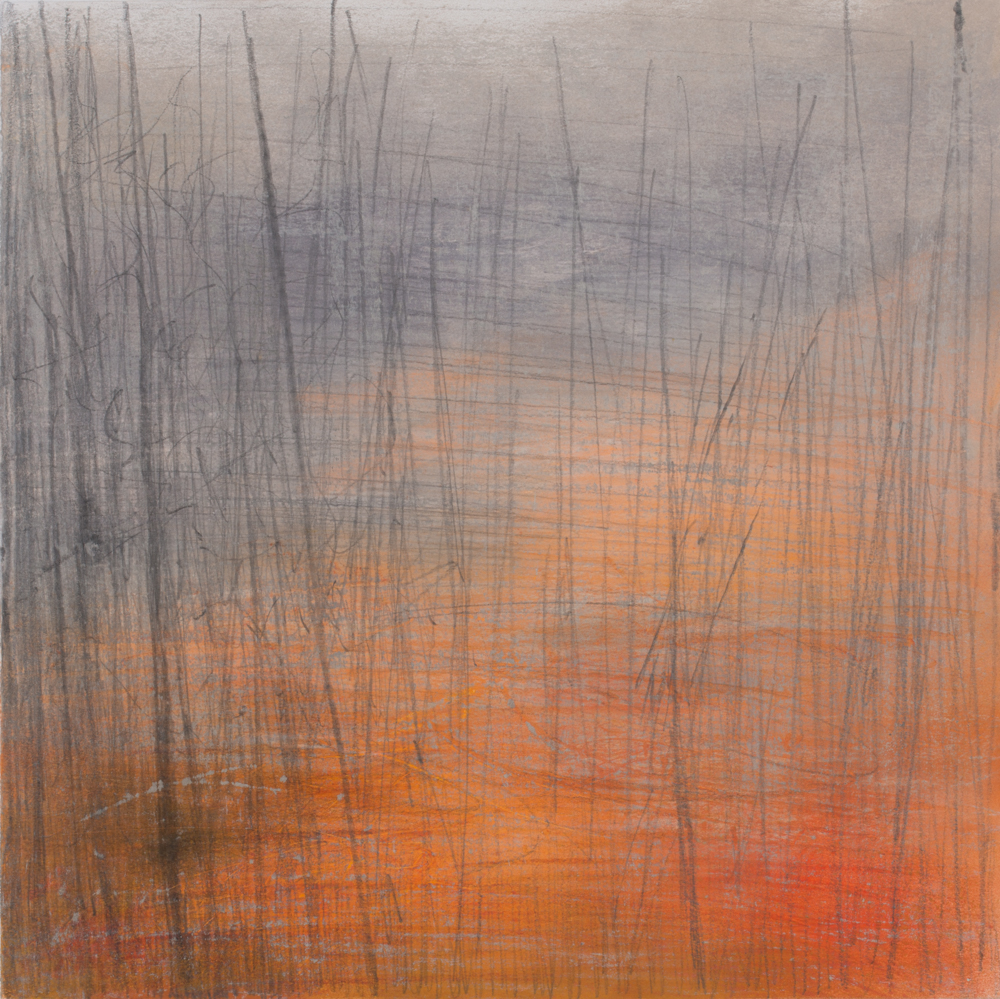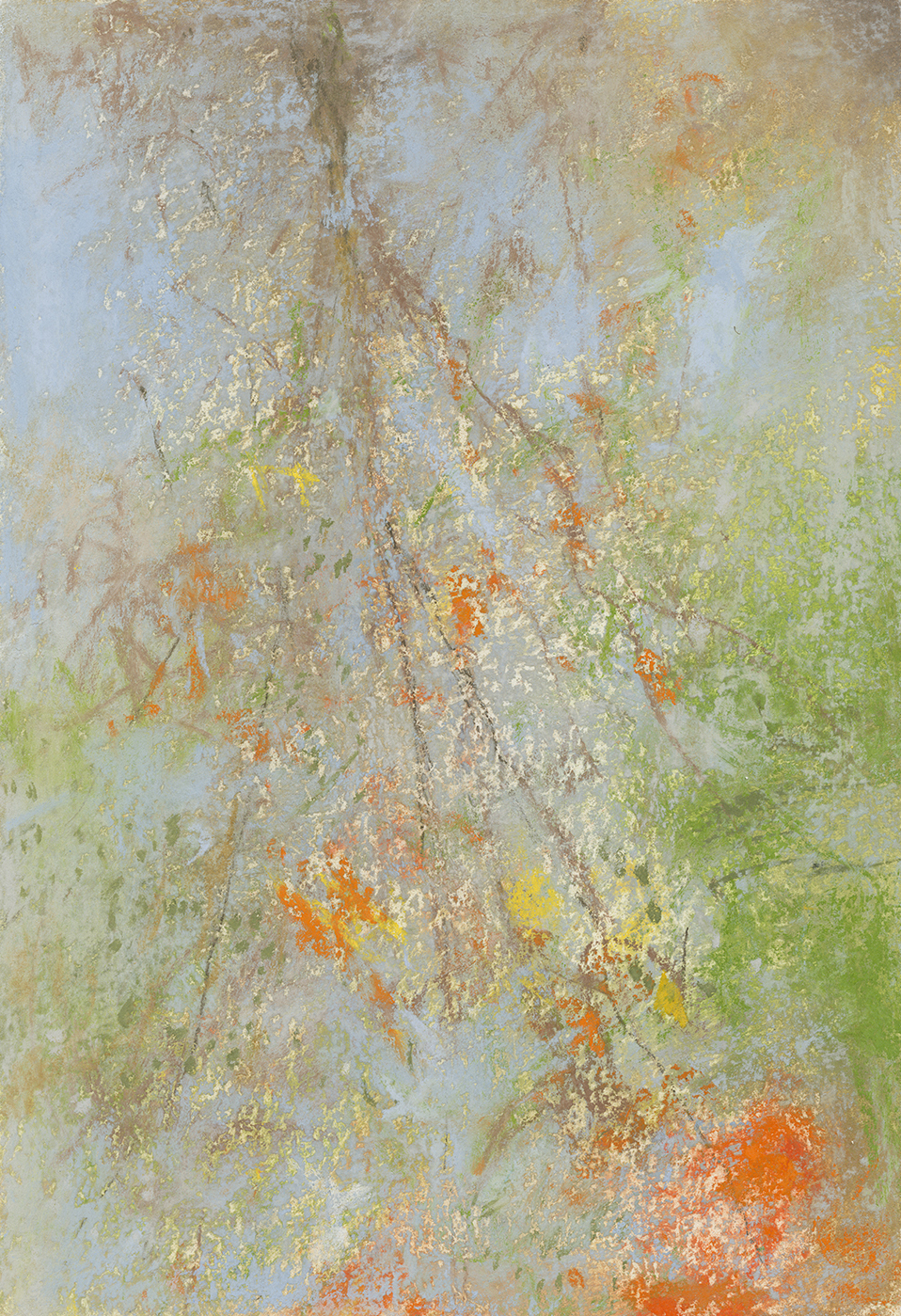Suzanne Révy grew up in Los Angeles, California. After high school she moved to Brooklyn, NY where she earned a BFA in photography from the Pratt Institute. While there, she was immersed in making and printing black and white photographs. After art school, she worked as a photography editor in magazine publishing atU.S.News & World Report and later at Yankee Magazine. With the arrival of two sons, she left publishing, and rekindled her interest in the darkroom. She photographed her boys, their cousins and friends, and built three portfolios of pictures over a fifteen year period. The first, a black and white series, explored the culture and nature of childhood play. The second, made with a lo-fi plastic camera and color film, represents her own emotional response as mother and witness to their growth and development. The third, a series of color pictures made in her home as her teen sons seemed to retreat into their rooms while she studied for her recently earned MFA at the New Hampshire Institute of Art.
- You have been photographing your two children for the past (how many?) years. What are their reactions to your work? Do they like the photographs you have taken of them throughout the years?
SR: I’ve been photographing them seriously since about 2003 when I built the darkroom, so it’s been about thirteen years. When they were quite small, the camera was simply present during a lot of their outdoor play time. I’d observe them, how they handled, say… leaves or rocks or twigs, how they’d move while at the playground. I’d watch how light illuminated their gestures, and make pictures without interrupting their play. As they grew older, I’d need more of their cooperation, and as teenagers, I generally need at least grudging consent to make a picture. To some degree, I think they are quite happy that I’ve made this work, but the act of making pictures for them at this point, I think may feel like a tedious chore they do for me. In the long run, however, I think they will appreciate this work, especially when they have children.
You work in film weather it is color or black and white. Is there a specific reason why you haven’t made the switch to digital?
SR: When I began these projects, which weren’t really conceived as projects, I was using a film 35mm SLR with all the bells and whistles. It was a Nikon F100, great workhorse of a camera. In late 2004, I bought a Mamiya 7, and though the camera at first was harder to use, I found the pictures became more interesting, and I concluded that the Nikon was just too helpful. The focus points somehow forced me into a kind of repetitive use of the rule of thirds, and though the pictures I made weren’t bad, they weren’t unexpected or surprising either. The ones I made with the Mamiya 7 were more interesting images, and far more fun to print in the darkroom than my 35mm negatives. As digital became better, I was committed to sticking with my medium format cameras, so I could keep seeing and recording my world with cameras that inherently slowed me down. I knew I didn’t want all those helpful bells and whistles. All that said, I did buy a mirrorless digital camera recently, but have rarely used it yet, though I love my phone camera and have been actively posting to Instagram with those pictures.
- When you are photographing how much of it is instinctual versus planned?
SR: More often than not it is intuitive and springs from my observations. Occasionally, I’ll see some bit of light, and I’ll ask one of my kids to just stand in that light or I’ll see them do something, and I’ll ask them to let me make some pictures of whatever they are doing, but I might need to have them move to a better spot of light. I don’t construct or plan pictures ahead of time.
What drove you to pursue a Masters of Fine Art and what was your experience at the New Hampshire Institute of Art Low Residency Program?
SR: It had been a long time goal of mine to get an MFA, but the various stages of my life prevented it until my kids got a little older. There’s something to be said for going back to school in your early 50’s, I feel so grateful that I was able to pursue it while maintaining a semblance of family life with two teen boys. I think my work became better while studying. Taking an extended period of time to think about the intuitive process I employ and how my work fits into the conversation of contemporary photography was invaluable.
- You have recently attended quite a few portfolio reviews! Which reviews have you attended and what was the feedback you left with?
SR: I went to Foto Fest in Houston back in March and just recently attended Review Santa Fe. I got some excellent feedback on the work, and some good ideas for places to show it, and interesting ideas for how to start thinking about organizing it into a book. The best part of going to reviews, however, is connecting with other photographers. I’ve made great friends at these review events. They are expensive, and exhausting, however, so I won’t be attending anymore until I feel like I have another solid body of work ready to present.
What artists influence you and how do they influence your thinking, creating and career path?
SR: As an avid student in the history of photography, my influences vary widely. While at Pratt in the early 80’s, I was influenced by classic street photographers. Garry Winogrand was a particular favorite of mine. Then in the early 90’s, I became aware of the photo-secessonist Gertrude Käsebier’s work along with Emmet Gowin and Sally Mann who all made pictures close to home. Frustrated that their images often looked so set up, I felt that my medium format allowed me to photograph the children in the way I had made street photographs, but still provided a large negative to make beautiful prints. More recently, I’ve been looking at a lot of color photographers, William Eggelston, Larry Sultan, and a few more contemporary photographers such as Melissa Ann Pinney, Jessica Todd Harper and JoAnn Verburg.
What are some tips/advice you would give to someone just starting out in photography?
SR: It’s most important to do the work. Make and study your pictures everyday until you understand your own eye and your own voice within the medium.
























